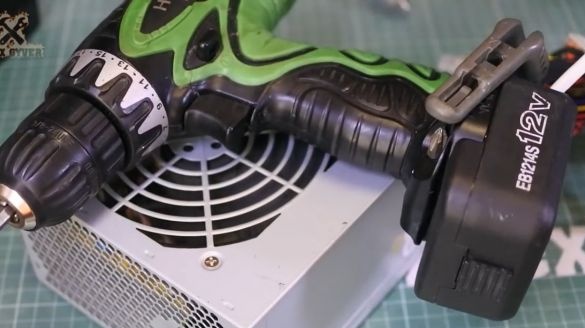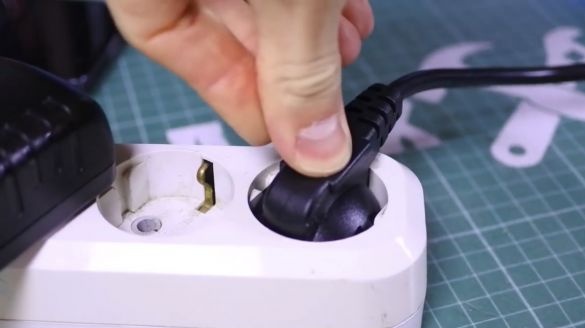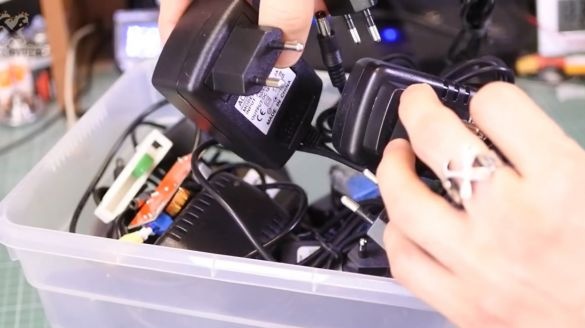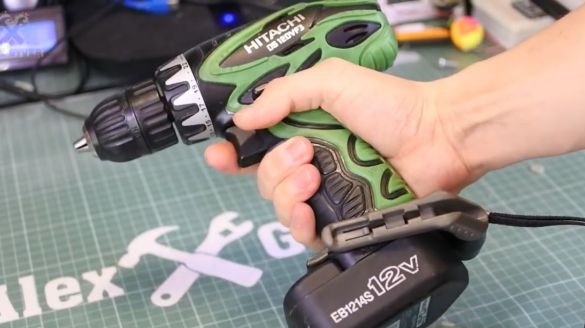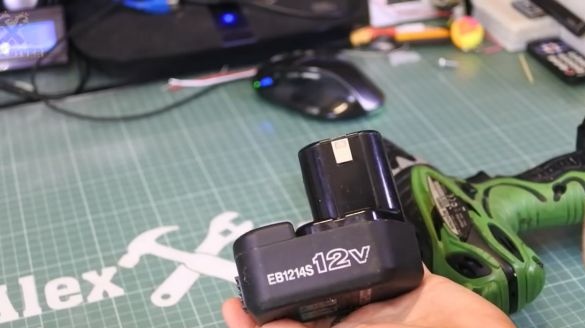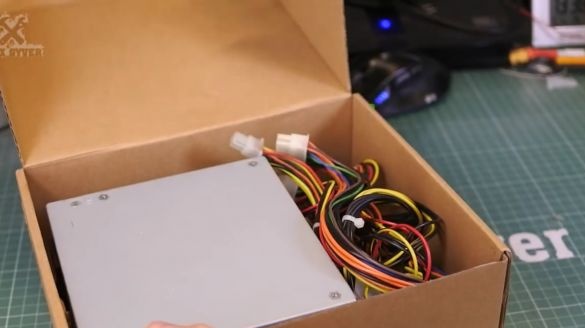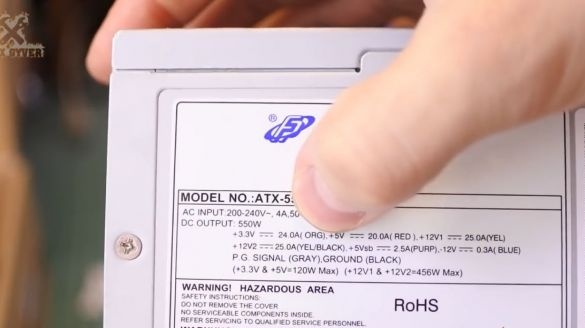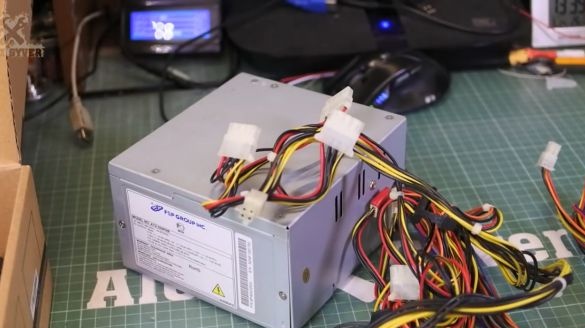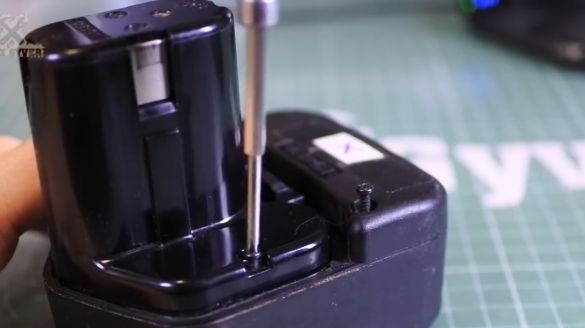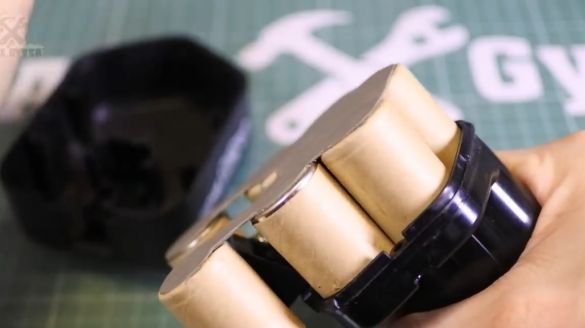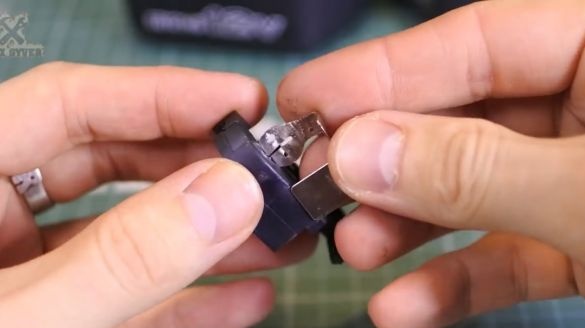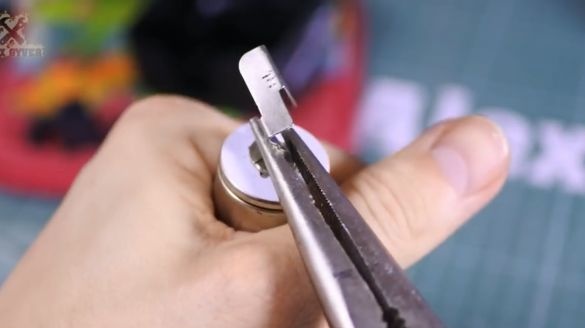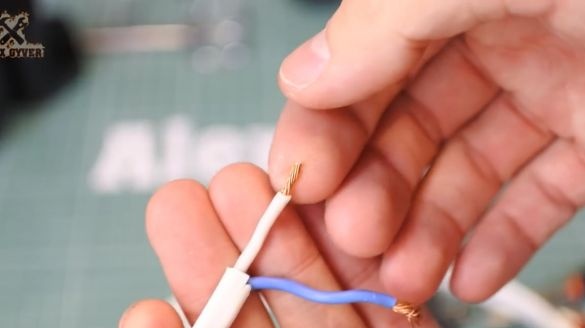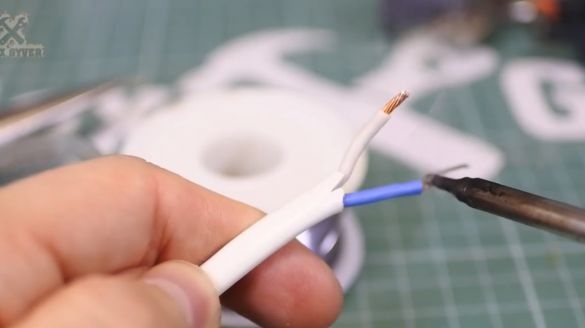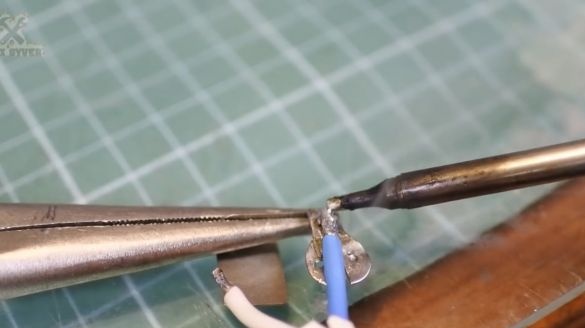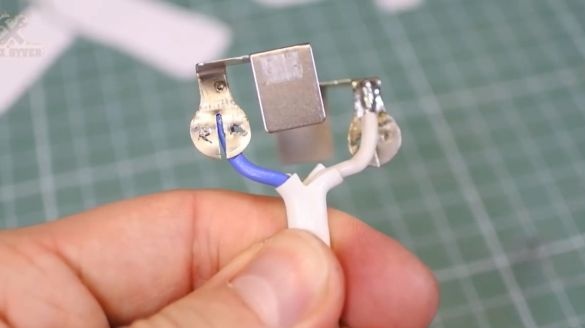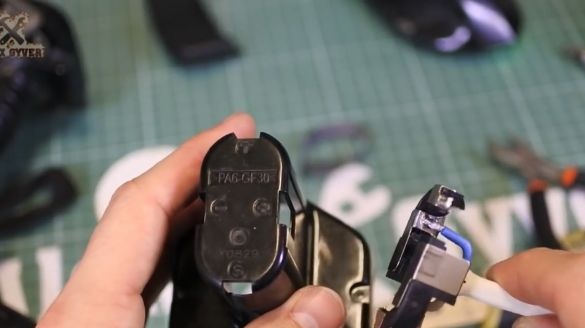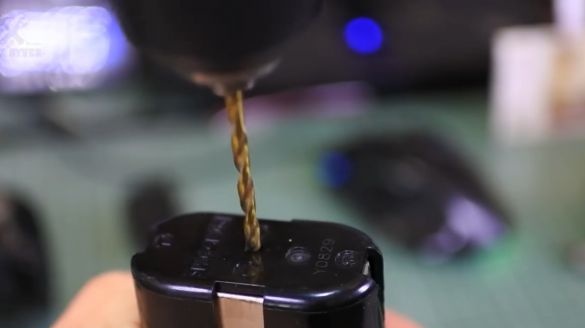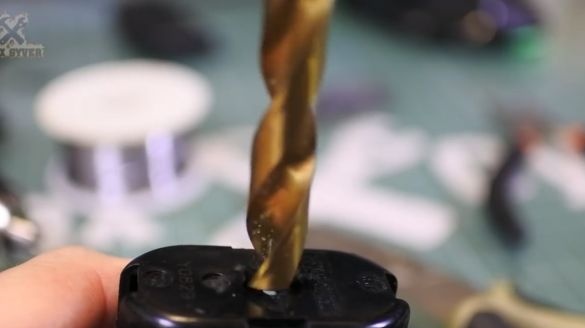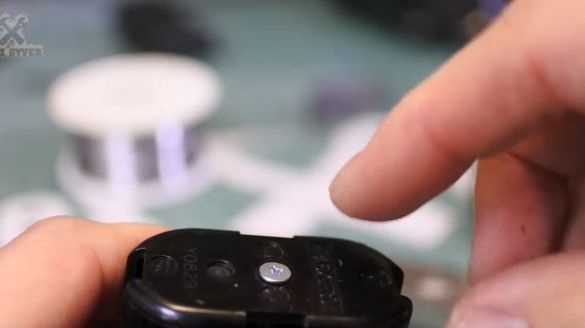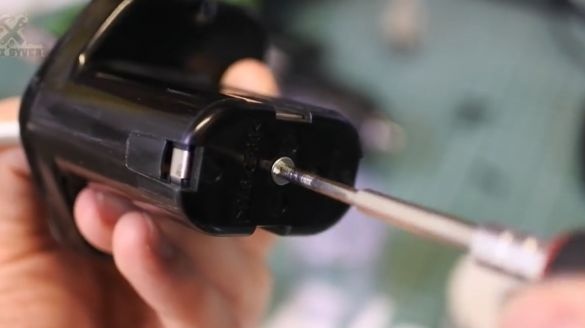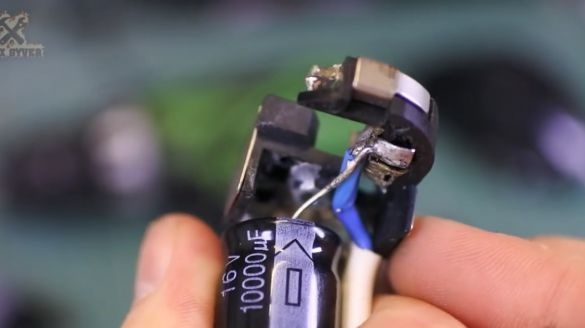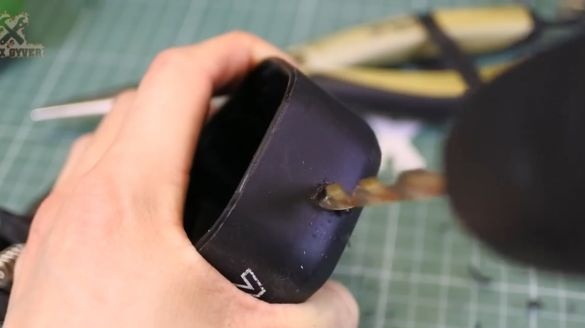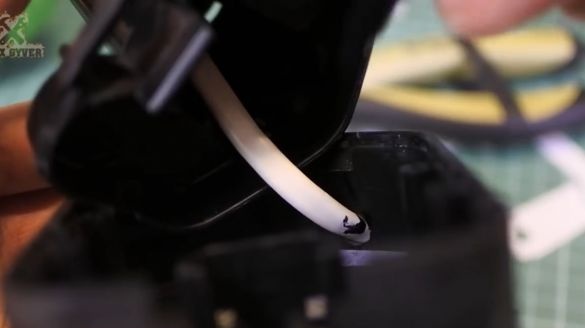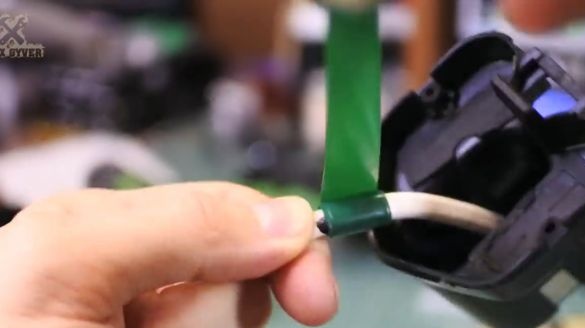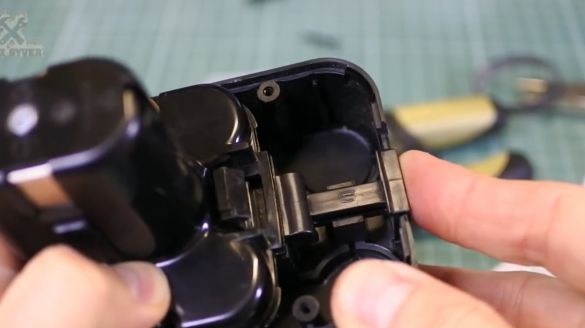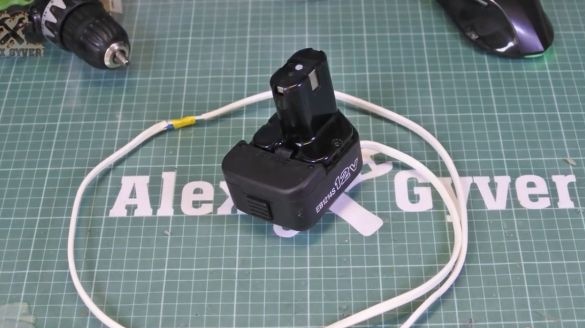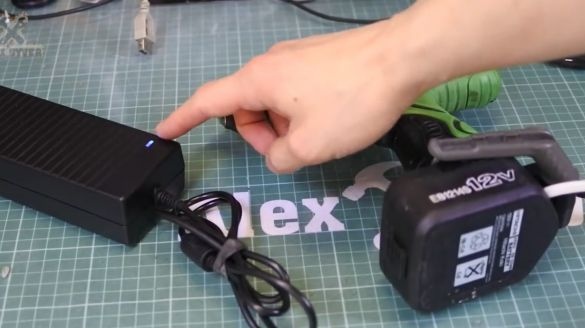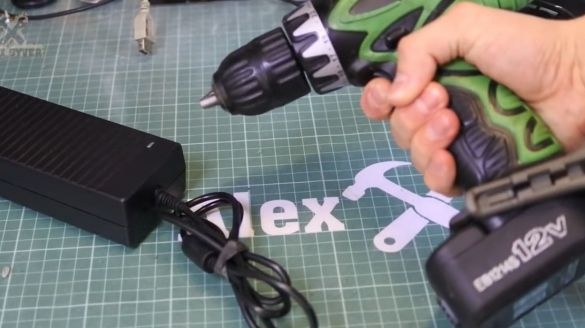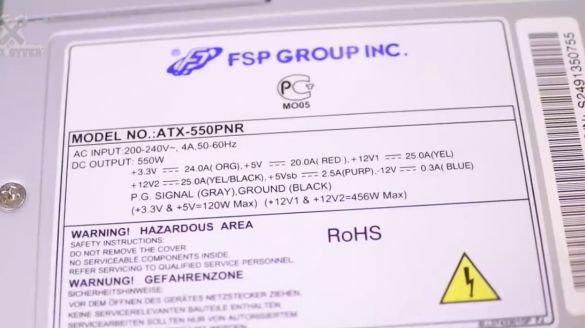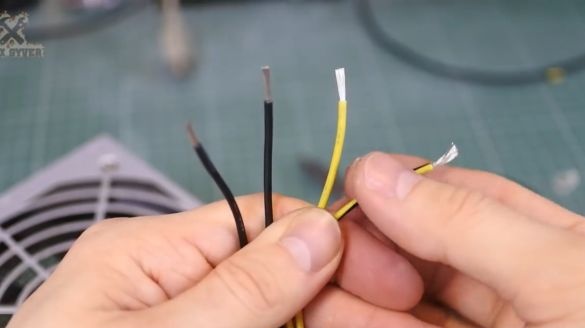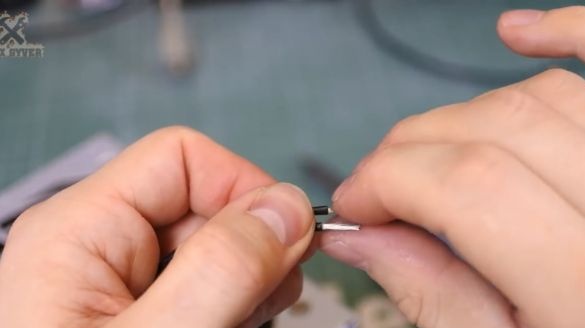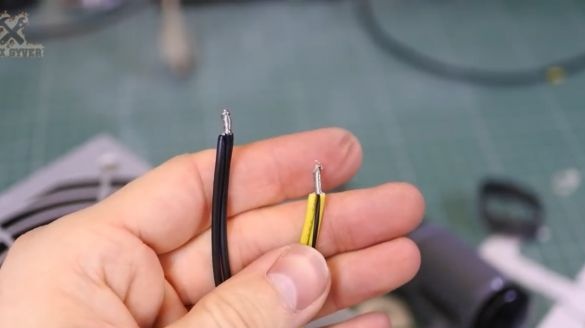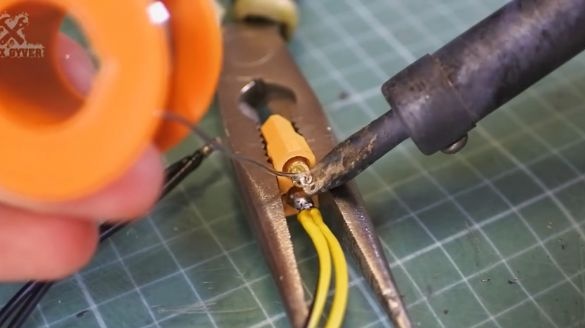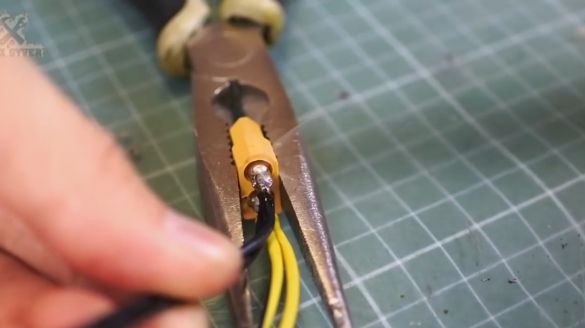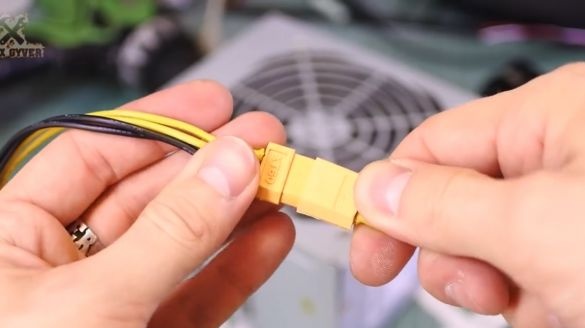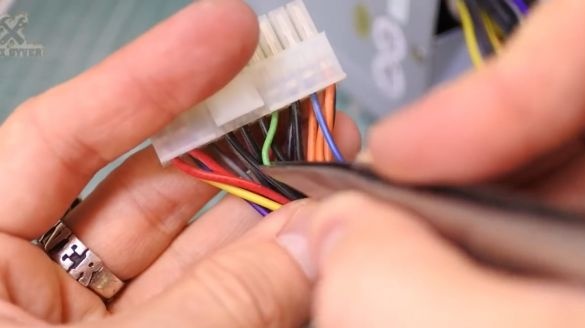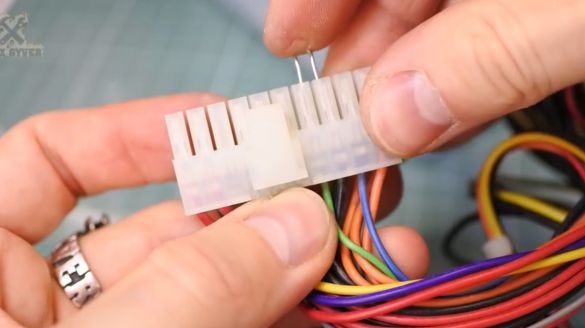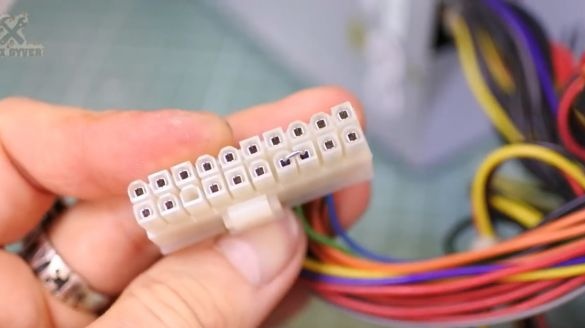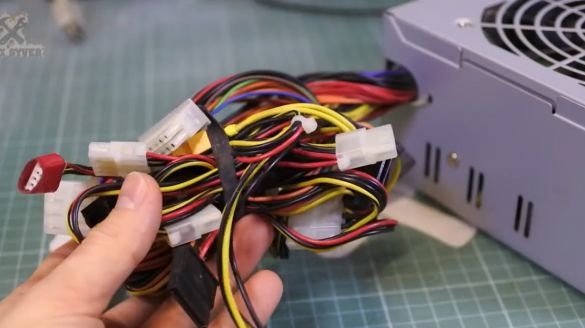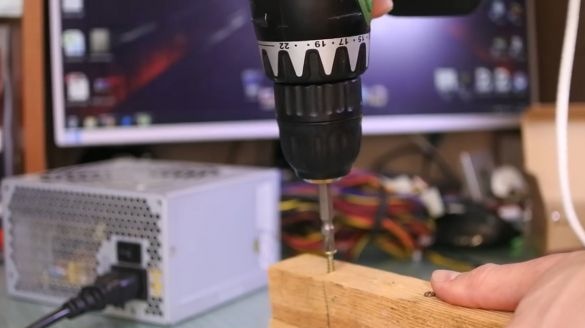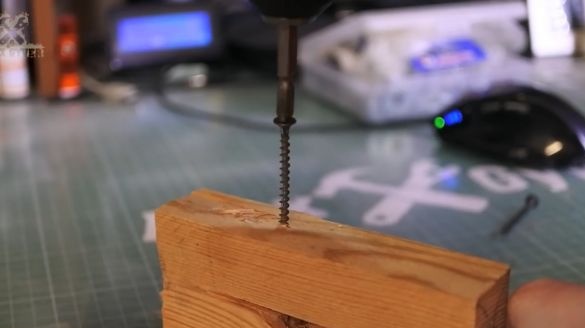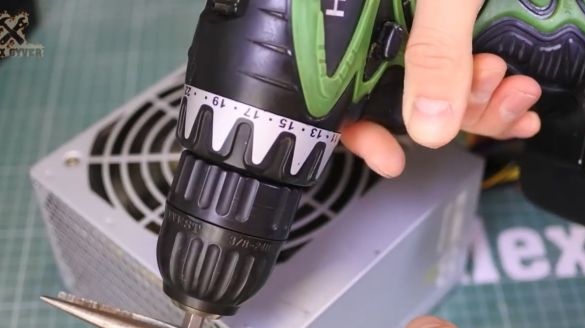If you have a screwdriver and you mainly use it indoors, then I think this article will be interesting and useful to you. Here we will talk about reworking a 12 volt screwdriver with a ni-cd battery.
A screwdriver for a home would be nice to be powered from an outlet. Today we’ll do it.
First, let's start with what the problem actually is. The screwdriver is a pretty powerful device. Under load, even a weak screwdriver can consume up to 200 watts of power. Batteries deal with this calmly, but in order to sign up from a power outlet, you need a power supply that will make us the constant voltage we need from 220V AC. Power supplies go mainly to 12 or 24 V. Thus, only a 12-volt screwdriver makes sense to remodel.
The author, for example, just had one dead 12 V nickel battery left. We’ll mock it today.
If we go to our favorite aliexpress, we will see that 12 V power supplies for decent power, measured by the way in Chinese watts, are very, very tasteless. The price comes out a little cheaper than a good Chinese screwdriver.
A logical question arises: is there any sense at all to redo something? So aliexpress will not help us in solving this problem. Therefore, I want to offer you another several times more profitable option.
Power supplies from computers are pretty powerful guys. Also, finding such a power supply will not be difficult. Surely in your home like lying around idle. And if not, then you can go to any computer repair and for a couple of hundred rubles to buy a used power supply unit, well, say 500 watts.
Let it be wrinkled, dirty, covered in dust, but the main thing is that it works. On one of the walls there is usually a sticker containing detailed information on the power lines. On this unit we can see the following characteristics: 25 A per 12 V line, and this is no less than 300 W of power.
Enough for a screwdriver. Such a power supply is of course quite large, but at the same time it is much cheaper even than Chinese power supplies.
Let's start the alteration.
First of all, you need to disassemble the native battery and remove all the batteries from it. Also our goal is to save the holder terminals and the terminals themselves, so that we carefully disassemble and release the terminals from the batteries.The author plans to make the battery pack removable so that it can work both from batteries and from the network. That is, you get such a universal plug with terminals and wires.
A wire with a cross section of, let's say 3 mm, will need to be soldered to these terminals2. According to the idea, this should be enough so that the energy does not dissipate into the heat, even at a wire length of about 2 m. We pick up a soldering iron and pre-prepare the wires (having cleaned the insulation and irradiated), soldered to the terminals.
I don’t know how it will be in your screwdriver, personally the author managed to bend the ears of the terminals directly into the plastic and it turned out very reliably.
Now we remember that we will have a negative wire, for example, blue and insert the terminals according to the plus and minus symbols on the battery case.
Having propped up the bottom with, for example, a screwdriver, we drill a hole through with a drill with a diameter of 3 mm. Then we chamfer with a large drill. And we remove so that the m3 screw with a countersunk head does not stick out.
Well, it remains to tighten this thing with a gadget. This option with a screw is many times better than any other mount.
It is also highly desirable to place a 16 or 25 V capacitor and a capacity of about 10,000 uF parallel to the terminals. You can buy a capacitor on any radio market, in any store of radio goods, as well as pull it out of a dead computer unit. There is a way to get hold of such a capacitor for free. With a high probability, they will give it to you for free in any computer repair service. They throw them all the same. Just ask. So go ahead.
The capacitor will serve as an energy buffer of inrush currents. This is necessary in order to reduce the load on the power supply. If this is not done, with a high degree of probability he (the power supply) will go into defense. We take and solder. In this case, the author recommends gluing the nut to the glue. Otherwise, you just can’t spin it.
Next, we remove the wire from the housing. At this stage, it is necessary to fix it somehow. This is necessary so that it does not create a load on the terminals. Fixation can be performed, for example, by wrapping the cord at the desired length with electrical tape in several layers.
Well, actually we are collecting everything back.
Well, that's it. The result is such a battery-plug with wires for powering a screwdriver from a power supply.
Now it's time to test the homemade. First, let's purely for fun, try to power a screwdriver from a Chinese power supply for 10 Chinese amperes. The author just has this for experiments.
We follow the operation indicator (blue LED on the power supply housing). When starting a screwdriver - the unit goes into defense.
He does not cope with his task. So back to the power supply from the computer. This instance has two 12 V lines. One is 25 A on the yellow wire, and the second is also 25 A on yellow-black. Actually, we take one wire and two lands and connect in parallel.
If you only have one 12 V line, then just take 2 yellow wires and 2 black wires. By the way, the author read on the forum that people on an old two-watt power supply unit with one 12 V line, a screwdriver works great.
The author decided to do everything in beauty. Therefore, the wire will be disconnected. The XT60 power connector will come to the rescue, it costs about 25 rubles on the aliexpress.
This is not necessary, it will just be more convenient.
In order to start the power supply from a computer without a computer, you need to close the PS-ON contact to ground (GND). Accordingly, the green wire to black. This can be done with a jumper from an ordinary paper clip. That's all, the block starts.
All excess wires can be cut off, but the author will not do this, since he may still need a block for other purposes.
If you still cut it, you can twist the black and green wires, leaving the tails, twist them and insulate them into the power supply housing.
Check the work. The screwdriver pulls just fine. The defense unit does not go away.A huge self-tapping screw easily and simply enters a wooden block. Everything works just fine.
Well, let's finally check the torque ratchet in maximum mode to make sure that the power supply pulls the maximum inrush current in ratchet screwdriver mode.
And here, too, everything is fine. Protection did not work. The experiment can be considered more than successful.
And finally, if you take a weak power supply, and it goes into defense, but you already installed the capacitor, most likely the voltage protection works. And strangely enough, the problem is solved by additional load on the 5 V power line. That is, we take the red and black wires and connect a separate load to them. On the forums they write that 1 A will be enough. To do this, take a 5 W light bulb for 6 V or two for 3 W, and let them just shine and load the line and everything will work fine.
Thank you for attention. See you soon!
Video:

